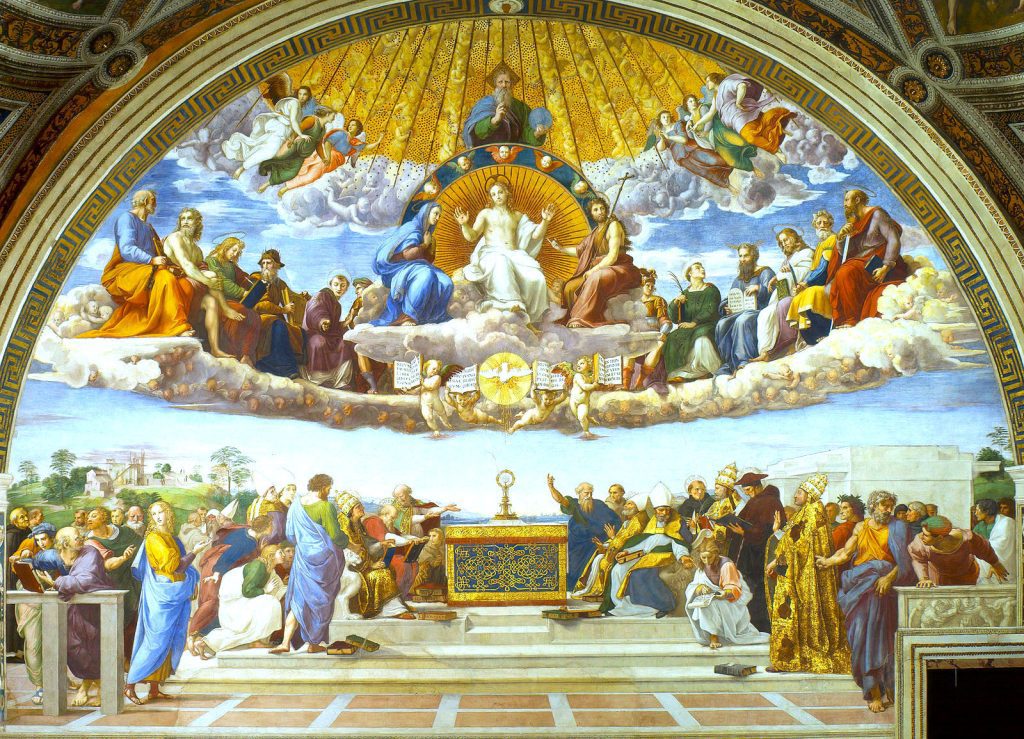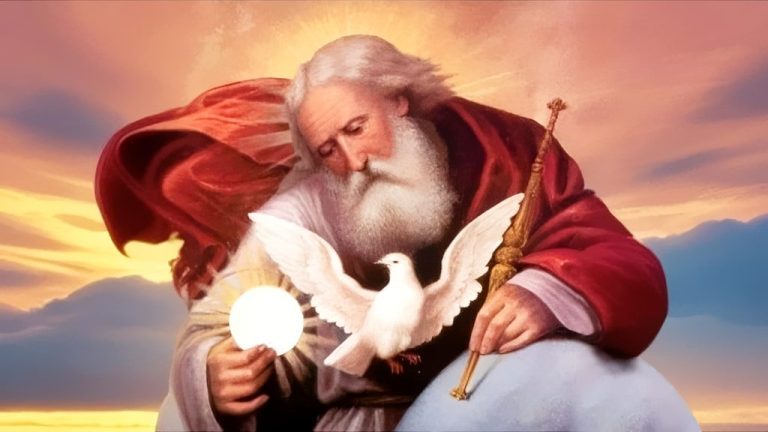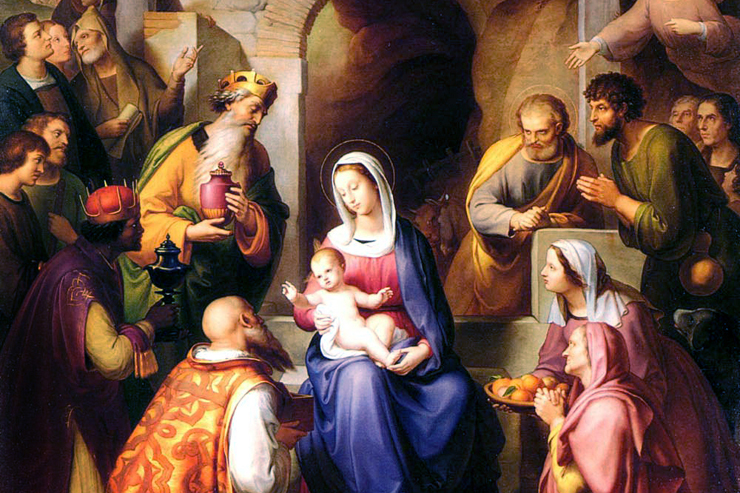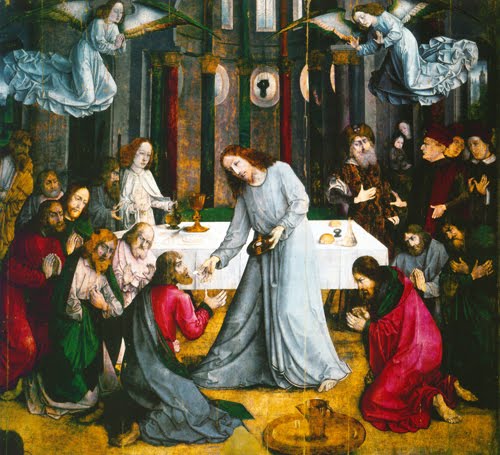The number, 153, is worth thinking about.
The Number 153 is the number of fish mentioned in today’s Gospel Reading from John, 21: “Jesus, on His third appearance after the Resurrection, said to them:
‘Bring some of the fish you just caught.’ So Simon Peter went over and dragged the net ashore full of one hundred fifty-three large fish. Even though there were so many, the net was not torn.”
153 is a wonderfully complicated number. From Wikipedia on the mathematical properties of 153: “The number 153 is the 17th triangular number. 153 is also the sum of the first five positive factorials. As a triangular number, 153 is the sum of the first 17 integers, and it also the sum of the first five positive factorials:1! + 2! + 3! + 4! + 5!.[1]
The number 153 is also a hexagonal number, and one of six known truncated triangle numbers, meaning 1, 15, and 153 are all triangle numbers.
The distinct prime factors of 153 add up to 20, and so do the ones of 154, hence the two form a Ruth-Aaron pair.
Since 153 = 13 + 53 + 33, it is a 3-narcissistic number, and it is also the smallest number which can be expressed as the sum of cubes of its digits.[2] It is also a Friedman number, since 153 = 3 × 51, and a Harshad number in base 10, being divisible by the sum of its own digits.
The Biggs–Smith graph is a symmetric graph with 153 edges, all equivalent.
Additional Biblical considerations of 153 include: “The Gospel of John (chapter 21:1-14) includes the narrative of the Miraculous catch of 153 fish as the third appearance of Jesus after his resurrection.[4]
The precision of the number of fish in this narrative has long been considered peculiar, and many scholars, throughout history, have argued that 153 has some deeper significance. Jerome, for example, wrote (apparently incorrectly) that Oppian‘s Halieutica listed 153 species of fish.[5] It has also been noted that the Tetragrammaton occurs 153 times in the Book of Genesis.[6]
Augustine of Hippo argued that the significance lay in the fact that 153 is the sum of the first 17 integers, with 17 representing the combination of divine grace (the 7 gifts of the Spirit) and law (the Ten Commandments).[7][8] Theologian D. A. Carson discusses this and other interpretations and concludes that “If the Evangelist has some symbolism in mind connected with the number 153, he has hidden it well,”[9] while other scholars note “No symbolic significance for the number of 153 fish in John 21:11 has received widespread support.”[10]
Writers claiming a major role for Mary Magdalene have noted that in Greek isopsephy her epithet “η Μαγδαλην?” bears the number 8 + 40 + 1 + 3 + 4 + 1 + 30 + 8 + 50 + 8 = 153, thus, it is suggested, revealing her importance.[11]. . . . .
Evagrius Ponticus referred to the catch of 153 fish, as well as to the mathematical properties of the number (153 = 100 + 28 + 25, with 100 a square number, 28 a triangular number and 25 a circular number) when describing his 153-chapter work on prayer.[15] Louis de Montfort, in his fifth method of saying the Rosary, connects the catch of 153 fish with the number of Hail Marys said (3 plus 15 sets of 10),[16] while St Paul’s School in London was founded in 1512 by John Colet to teach 153 poor men’s children, also in reference to the catch.[17]
In Biblical manuscript studies, Lectionary 153 (? 153) and Minuscule 153 are 14th century Greek manuscripts of the New Testament.”
And, “the net was not torn”.








